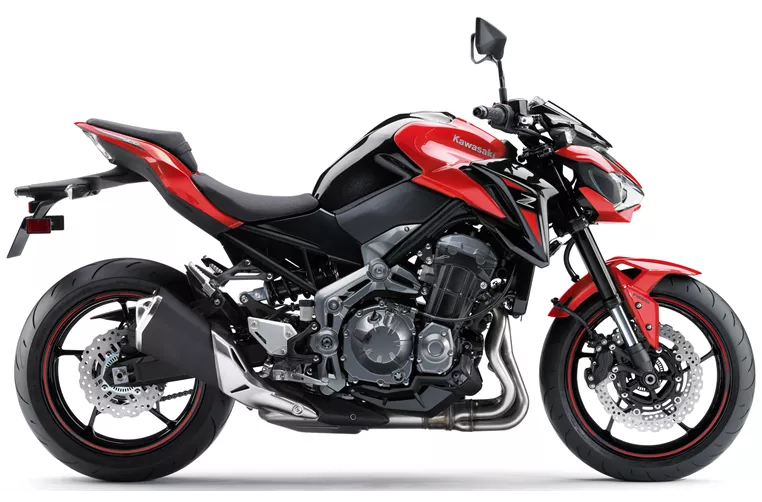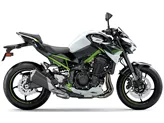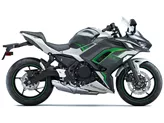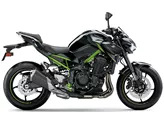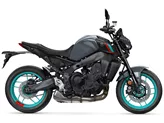Kawasaki Z900 70kW 2018 vs. Kawasaki Z900 2018
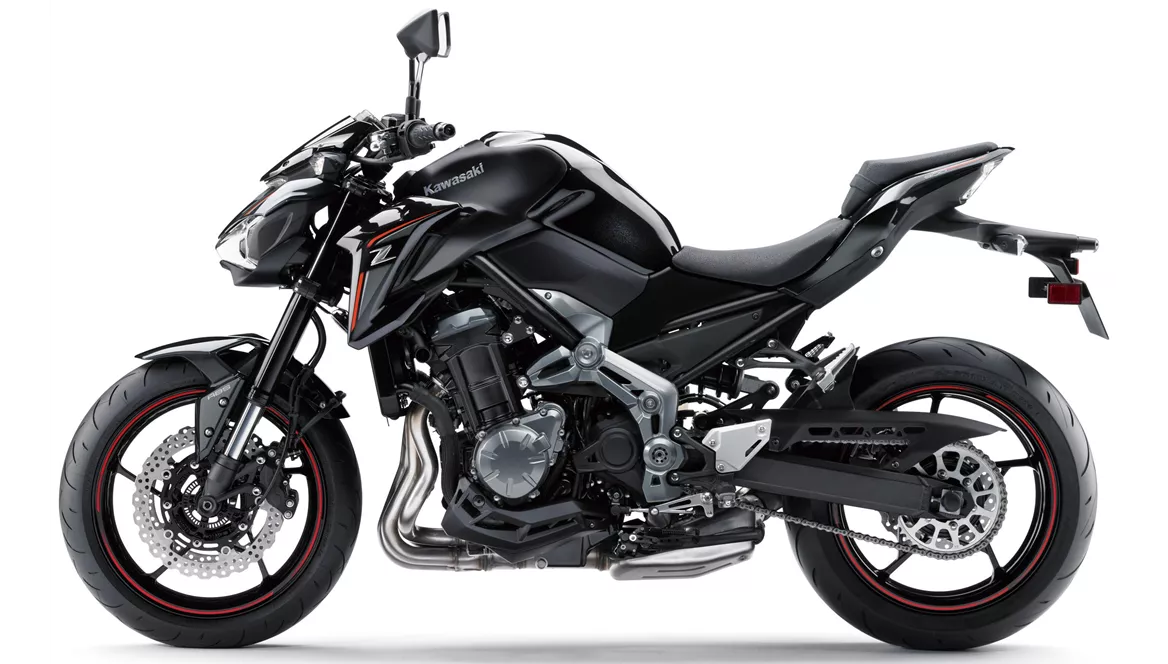
Kawasaki Z900 70kW 2018

Kawasaki Z900 2018
Overview - Kawasaki Z900 70kW 2018 vs Kawasaki Z900 2018
The Kawasaki Z900 70kW 2018 and the Kawasaki Z900 2018 are both naked bikes with similar technical specifications. They both have an in-line engine with a displacement of 948ccm and a fuel injection system. They also have the same number of cylinders and cooling system.
In terms of engine power, the Z900 70kW model has 95 HP, while the Z900 model has 125.4 HP. This means that the Z900 model has a more powerful engine, providing a smoother and more powerful acceleration. The torque of the Z900 70kW model is 91.2 Nm, while the torque of the Z900 model is 98.6 Nm. This indicates that the Z900 model has a higher torque, resulting in better low-end power and acceleration.
Both bikes have the same suspension system, with upside-down telescopic forks at the front and a swing arm with a monoshock at the rear. The suspension of both models can be adjusted for preload and rebound. The rear suspension of both models is made of aluminum, which helps to reduce weight and improve handling.
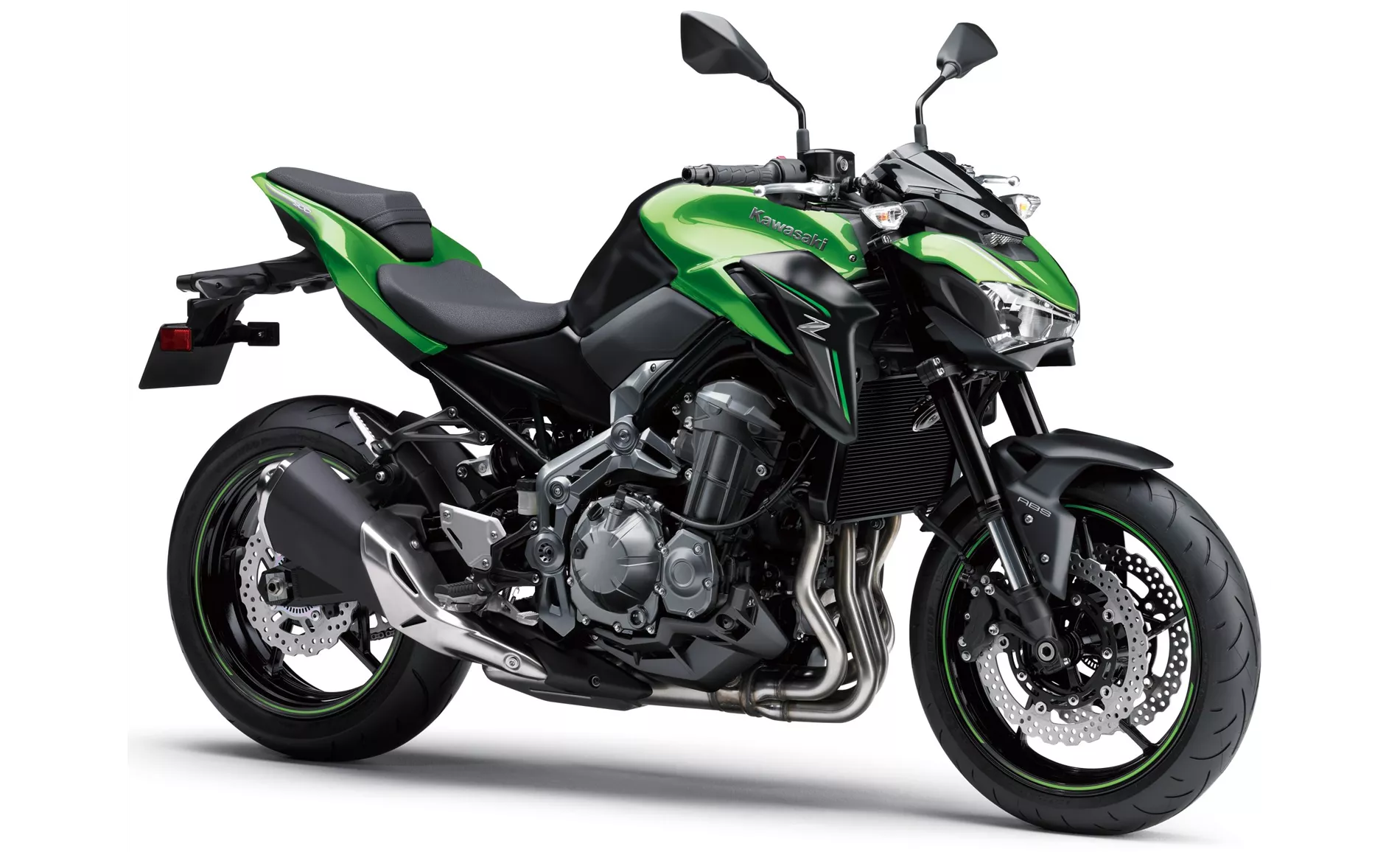
Kawasaki Z900 70kW 2018
The chassis of both bikes is made of steel and has a double cradle frame type. This provides a sturdy and stable structure, contributing to the overall stability and handling of the bikes.
Both models have double disk brakes at the front with a diameter of 300mm and four pistons. The brakes are equipped with ABS, providing advanced rider assistance systems for improved safety.
In terms of dimensions and weights, both models have the same front and rear tire width and diameter. They also have the same wheelbase and seat height. However, both models have a relatively high weight of 210kg, which can be a disadvantage for some riders.

Kawasaki Z900 2018
The strengths of the Z900 70kW model include a smooth engine with punch at around 6000 rpm, finely controllable brakes, smooth running of the engine, stability at motorway speeds, and good handling. On the other hand, the strengths of the Z900 model include a powerful and silky engine, great sound, sharp and sporty look, low seating position, and easy handling and maneuverability.
The weaknesses of the Z900 70kW model include its relatively small size for tall people, high weight, and poor acceleration due to its lower horsepower. On the other hand, the weaknesses of the Z900 model include the lack of traction control and a knee angle that can be strenuous for tall riders in the long run.
Overall, both the Kawasaki Z900 70kW 2018 and the Kawasaki Z900 2018 offer powerful engines, good handling, and advanced rider assistance systems. However, the Z900 model has a more powerful engine and a sportier look, while the Z900 70kW model may be more suitable for city traffic with its smooth engine and finely controllable brakes.
Technical Specifications Kawasaki Z900 70kW 2018 compared to Kawasaki Z900 2018
Pros and Cons in comparison
Pros and Cons in comparison
Kawasaki Z900 70kW 2018

The Z900 is a top entry-level motorbike. Very smooth engine, great brakes and lots of adjustment options on the chassis and levers. The acceleration may be too good for speed junkies, but it's just right for learning. The lack of electronic gimmicks, riding modes and traction control doesn't bother either, but makes the Z900 a good bike to learn the basics of two-wheeled locomotion. A high-quality purist, a real motorbike, even with only 48 hp!
Kawasaki Z900 2018
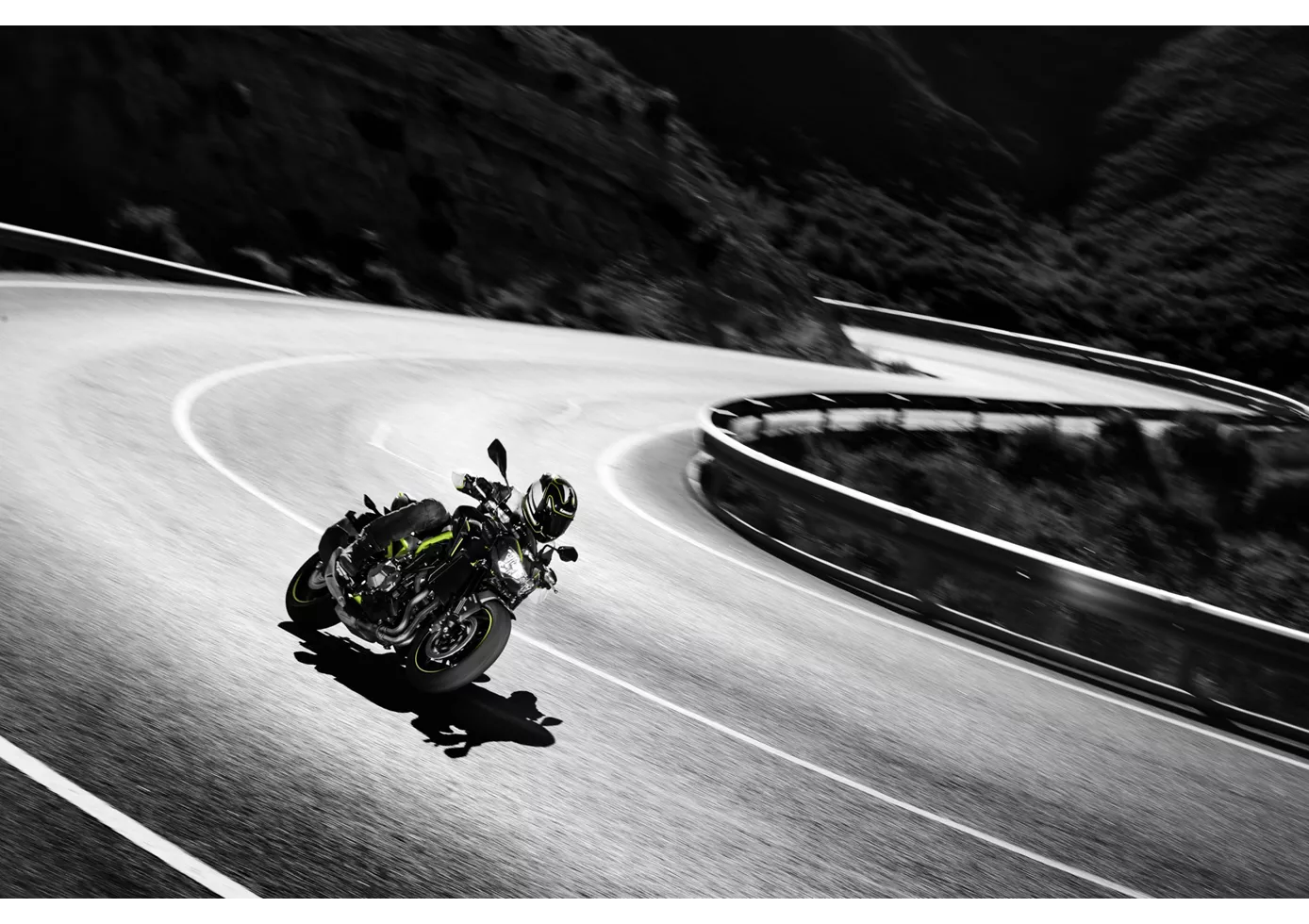
In the hotly contested naked bike segment, the Z900 plays right at the front. Above all, its engine is absolutely terrific, runs incredibly silky and offers rich power in all rev regions - as befits a Japanese four-cylinder. Its sporty, aggressive appearance matches this. It does without electronic bells and whistles, but still conveys a lot of confidence when chasing corners, braking and accelerating out of them. The low seat is especially beneficial for smaller riders, but taller riders might miss a flatter knee angle on long distances. The low weight and compactness make the Z900 particularly agile and easy to handle. A sporting cannon that is also extremely appealing in terms of price
Price Comparison Avarage Market Price Kawasaki Z900 70kW vs Kawasaki Z900
There are a few key differences between a Kawasaki Z900 70kW 2018 and a Kawasaki Z900 2018. In terms of price, the actual average price of a Kawasaki Z900 2018 is about 3% higher. A Kawasaki Z900 70kW 2018 experiences a loss of 230 GBP in one year of ownership. This is offset by a loss of 650 GBP for a Kawasaki Z900 2018. Compared to Kawasaki Z900 2018 there are less Kawasaki Z900 70kW 2018 bikes available on the 1000PS.de Marketplace, specifically 5 compared to 55. It takes less time to sell a Kawasaki Z900 with 112 days compared to 194 days for the Kawasaki Z900 70kW. Since model year 2018 1000PS.de editors have written 10 reviews for the Kawasaki Z900 70kW and 46 reviews for the Kawasaki Z900 since model year 2017. The first review for the Kawasaki Z900 70kW was published on 23/11/2018 and now has more than 104,300 views. This compares to more than 93,200 views for the first review on Kawasaki Z900 published on 11/11/2016.
